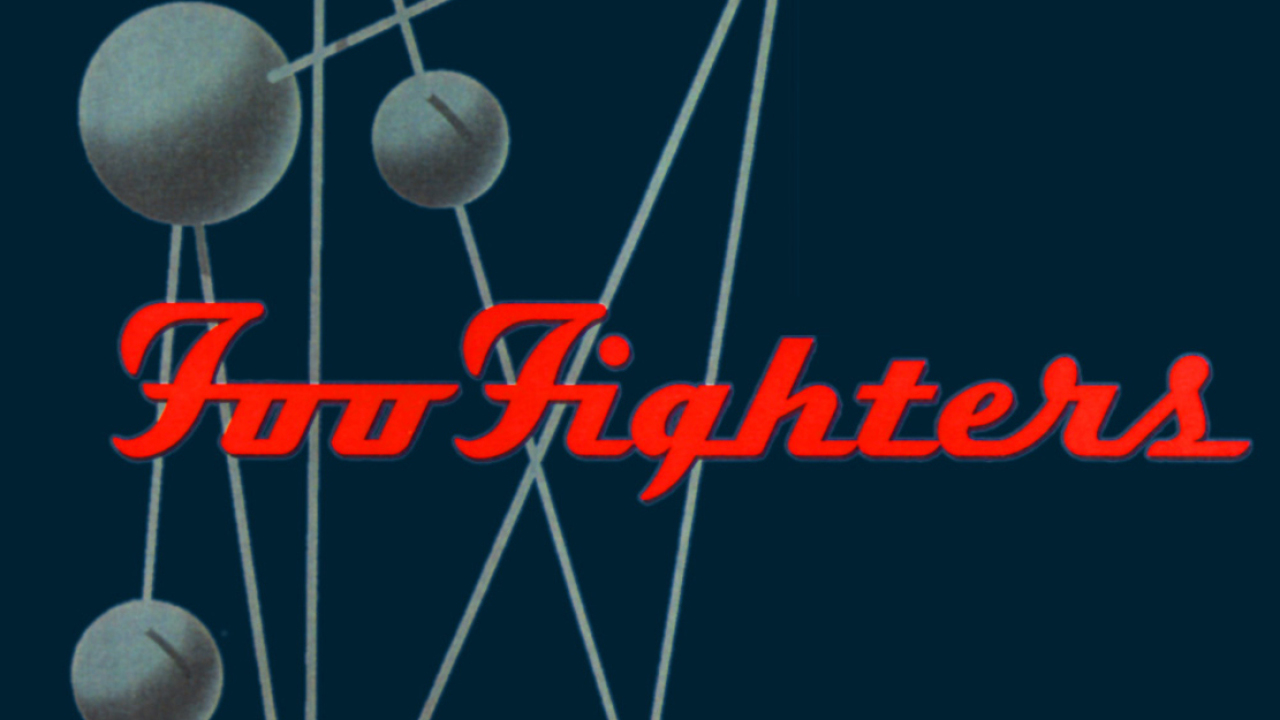Famously, the Foo Fighters' self-titled debut album was recorded by Dave Grohl in just five days.
Save for a cameo appearance by Afghan Whigs frontman Greg Dulli, who contributed guitar parts to the song X-Static, the former Nirvana drummer recorded every note on the album himself, tracking the guitar, bass and drum parts on individual songs in under half an hour. When it came time to work upon its follow-up, however, Grohl had a rather more expansive vision of what of his band might sound like.
“I’ve made punk records,” he explained, “and they’re fun and great and it’s quick and there’s passion. But I did that with the first record. I’ve never made a big, proper rock record before, so why not? People just don’t seem to do it anymore, so we might as well take a shot.”
In the pursuit of this vision, Grohl called upon the services of the respected English producer Gil Norton, whose work upon the Pixies 1991 album Trompe Le Monde captivated him. An off-kilter classic, framing some of the Boston band’s noisiest compositions within a textured, widescreen setting, Trompe Le Monde had actually been released on the same day as Nirvana’s breakthrough album Nevermind, and suffered somewhat in comparison, as rock critics rushed to embrace the Seattle’s band as rock’s Next Big Thing. To Grohl, it was an under-rated gem.
“I love it for the way you can heard the band falling part, getting scattered, shooting off in a million directions.” he gushed.
Ironically, that critique would prove to be somewhat prophetic for his own band.
Initial sessions for the second Foo Fighters album began under Norton’s watchful eye on November 18, 1997, at Bear Creek Studios, a residential facility located in rural Washington. Friction developed almost immediately. Grohl and his bandmates – guitarist Pat Smear, bassist Nate Mendel and drummer William Goldsmith – were tutored in the school of punk rock, where feel, attitude and aggression were prioritised above precision: this was an anathema to the perfectionist Norton, who demanded that his young charges record take after take, much to their frustration. Working in such a manner, said Grohl, was “Really. Fucking. Hard.”
“When you’re a producer the aim of the game is to extract the best performances, the best songs and the best album at the end of the day,” Norton countered, entirely reasonably. “I want them to be proud at the end of it.”
As Christmas rolled into view, the band and their producer decided to call a time out. Dave Grohl returned home to his mother’s house in Virginia with tapes of the performances already tracked. Repeated listening only served to accentuate the stiffness of the performances to his ears. “It has to be better than this,” the increasingly disenchanted singer told Pat Smear.
In the dead time between Christmas and the New Year, Grohl decided to record two new songs on his own in a small studio in nearby Arlington. Both songs – Walking After You and Everlong - were rooted in real experiences for the singer, specifically in the slowly unfurling relationship with his photographer wife Jennifer Youngblood. The singer had been served with divorce papers at Bear Creek, and his scars were still raw. It was no surprise then, that the lyrics on these latest recordings would be so stark, bruised and affecting.
“When I heard Everlong it was just like, ‘Oh…’ Gil Norton recalled. “It made the album whole. It was the catalyst that brought it all together.”
- How Monkey Wrench brought Foo Fighters a whole new audience
- Pixies talk rehab, songs about seedy sex and filling Kim Deal's shoes
- The 10 best Foo Fighters songs tucked away on b-sides
- Read Classic Rock, Metal Hammer & Prog for free with TeamRock+
A decision was made to start the record from scratch, in a new studio, in a different city. And so, in February of 1997 the band set up anew in Grandmasters Recorders in Los Angeles: or rather three-quarters of the band did, as William Goldsmith was not initially informed of this group decision.
“I had this idea that I was going to play drums because we were running out of time and William was having difficult recording,” Dave Grohl recalled. “I thought ‘Okay, well, just to save time, I’m going to record these new songs… and then we’ll have Will re-do the other stuff.’ And then William caught wind that I was going to do drums and basically just said ‘Well, I don’t agree and I don’t want to be in the band.’ Most people are under the impression that kicked him out of the band, but he absolutely quit.”
“I know that William will never forgive me for playing drums on that record,” Grohl admitted in the Foo Fighters documentary Back and Forth. ‘I know it. And I wish things were different. But I felt like this was what I had to do in order to make this album happen.”
The Colour And The Shape was released on May 20, 1997, to somewhat mixed reviews. Critics sniped that Gil Norton had polished the band’s punk rock edges to a point where the Foos now sounded like a classic rock band. But a loyal fan-base built up over 18 months of touring took the album to their hearts. The album entered the UK charts at Number 3 and debut at Number 10 in America: four brilliant singles – Monkey Wrench, Everlong, My Hero and Walking After You – ensured that the collection had legs. Within a year, the album would break the two million sales mark worldwide.
There was but one cloud on the Foo’s new horizons. No sooner had Grohl replaced William Goldsmith with new drummer Taylor Hawkins, acquired from Alanis Morissette’s live band, than Pat Smear announced his intention to leave the group. Brilliantly, after giving Grohl time to source his replacement, he did so, officially, on live TV, bailing on a MTV performance being taped on the balcony of New York’s iconic Radio City Music Hall on September 4, 1997. After a run through Monkey Wrench the guitarist calmed walked to his mic stand and said, “That last song we played was my last song with the band. I’d like to introduce you to Franz Stahl, who’ll be taking over. Rock on, guys!”
It would be 11 months before the new-look band band to draw breath. On August 29, 1998 the quartet played the final show of the Colour And The Shape world tour at the UK’s Reading Festival. Dave Grohl was already looking ahead.
“It’s time for our version of The Beatles White Album,” he enthused to reporters.
Fate, however, had other plans…

